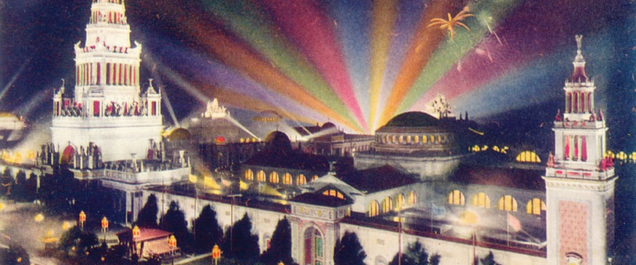Event Recap: When Tokyo Went Electric
On Dec. 6, the Boston University Initiative on Cities co-sponsored the lecture “When Tokyo Went Electric: Electricity Theft and the Materiality of Modern Life” with Professor Ian Miller of Harvard University. Miller describes Japan’s journey to become one of the most “electrified” places on Earth through fossil fuels and the debate of energy as property.
 Tokyo Electric Power Company (TEPCO), owner of the former Fukushima Daiichi Nuclear Power Plant, was founded in 1883, only three years after the establishment of the Edison Illuminating Company. TEPCO drew in Yokohama’s upper class as a symbol of wealth.
Tokyo Electric Power Company (TEPCO), owner of the former Fukushima Daiichi Nuclear Power Plant, was founded in 1883, only three years after the establishment of the Edison Illuminating Company. TEPCO drew in Yokohama’s upper class as a symbol of wealth.
“At the time, to buy light was to buy status,” said Miller.
Yomiuri Shimbun, the largest newspaper at the time, recounted some residents fleeing in fear at the new electric street lamps. Others traveled and scheduled visits specifically to see the new red, spherical lamps, much different than the dim gas-lit streets from before.
An electric appliances shop owner Yasuyuki Fujimura, decided to split the cables in his own shop to “steal” electricity from nearby cables and eventually went to court for electricity theft. Thus, the court had to decide if electricity can truly be stolen if it’s not a tangible object.
Fujimura’s shop was sold and he was sentenced to 6 months of imprisonment with hard labor. For legal purposes, electricity is considered property, ruled Judge Makina Eiichi. Physicist Tanakadate Aikitsu weighed in during the trial, theorizing that electricity is not “matter,” but something between matter.
“Electricity is not a thing, but a relation between things,” said Aikitsu.
At the beginning of the 20th century, the majority of energy shifted from biomass, like wood products, to coal. Miller titled this the “fossil fuel civilization in Japan” as the start of human-driven climate change. By the 1930s, electric lamps were in 90% of all homes nationwide and nearly 100% in major cities, compared to 44% in England and 68% in America. Miller said the fight for electricity came full circle during the March 2011 tsunami in Japan. The Fukushima Power Plant, which supplied Tokyo’s energy, was completely swept over and resulted in explosions, meltdowns, and the destruction of crucial systems.
From scheduling visits to awe at new streetlights to debating what electricity truly is, Japan’s history and expansion of electricity was one of the fastest in the world. Japan’s ultimate shift to fossil fuels and devastation from the 2011 tsunami ultimately illustrates the struggle between preserving the environment and powering the country.